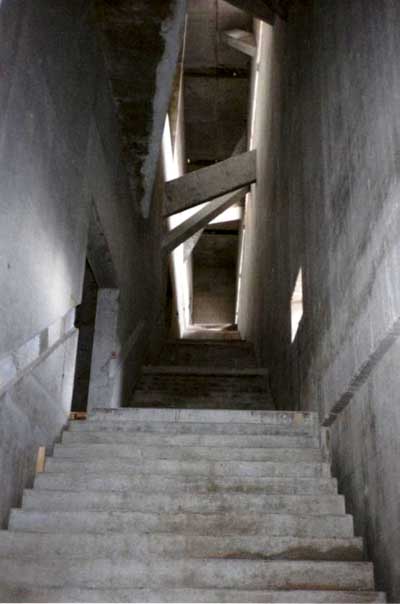The Great Pyramid of Giza is one of the most quintessential examples of ancient architecture.
Built with incredible geometric accuracy and impressive strength, this early work of Egyptian architecture is the last of the ancient Seven Wonders of the World. About fourteen million people visit Egypt every year to experience and explore this unique structure.

Personally, I have never really found the Great Pyramid, or pyramids in general, to be all that interesting.
Apart from their colossal size and seemingly supernatural construction, I viewed them as being rather plain and boring. It also didn’t help that nearly every depiction of pyramids in the media was through the overused cursed Egyptian-mummy movie trope.
After learning about the reasons and purpose for their construction in my Art History course, however, I have gained a newfound appreciation for these ancient complexes.
Similar to other early civilizations, the Ancient Egyptian culture and way of life heavily focused on their polythesic religion, meaning they believed in and worshipped a pantheon of gods. Their religion was also greatly concentrated on the afterlife and the significance of preserving the body upon death.
It was widely believed that when a person died, their soul or life-force would travel the world and continue to live an eternal life. In order for them to enjoy this everlasting paradise, the body, which was considered the “home” of the spirit, needed to remain intact.
This belief system led the construction of funeraries, buildings meant to act as an imperishable resting place for the body. For pharaohs, especially, these buildings were very important in protecting the bodies and providing them with everything they will need in the afterlife.
The pyramids of Giza, as most people recognize them, consist of three separate mortuary complexes erected by pharaohs from the fourth dynasty. These pyramids are surrounded by many other buildings, including cemeteries, valley temples, quarries, and smaller pyramids.
The three main complexes are the Pyramid of Khufu, the Pyramid of Khafre, and the Pyramid of Menkaure. Being the largest and oldest of the triad, Khufu’s Pyramid is commonly referred to as the Great Pyramid.
Although a lot of information about this pyramid remains unknown, excavations had provided archeologists with a means to understand the reasons for and symbolism behind certain design aspects.
For example, the height of Khufu’s Pyramid was meant to connect the pharaoh with the sun god, Ra. Ancient Egyptians believed that at death, the pharaoh would accompany the sun god on his daily journey across the sky. Khufu’s Pyramid was built with an impressive height of 481 feet to lift the pharaoh skyward and allow him to partake in his posthumous duties.
Khufu’s Pyramid was also almost perfectly aligned with the cardinal points on the compass. This orientation represented the similarities between the life and resurrection of the sun and that of the pharaoh.
With each passing year, more information about the construction of these unique complexes is discovered. In recent years, for instance, a large void space has been located within Khufu’s pyramid. They have yet to find out what, if anything, inhabits this space.
Before knowing the history and background of the Great Pyramid, I formed an opinion based solely on its aesthetic appearance. This is a prime example of how architecture is much more than what is seen at surface level.
Click here to watch a video about Khufu’s Pyramid.



